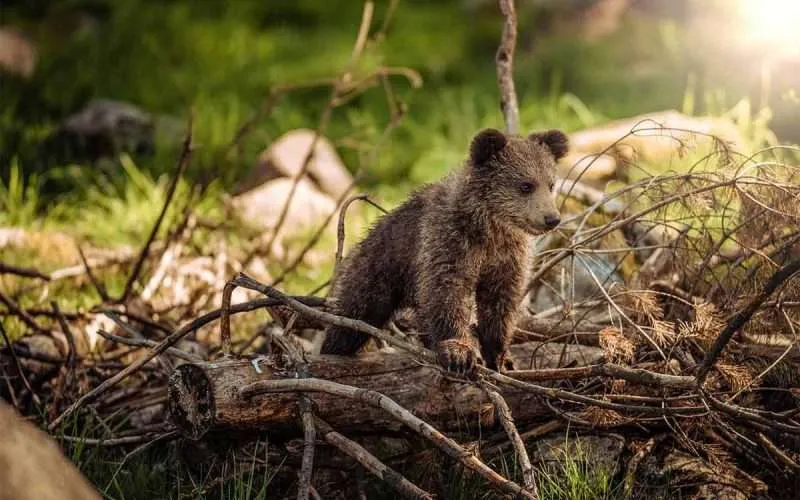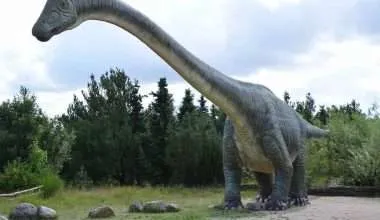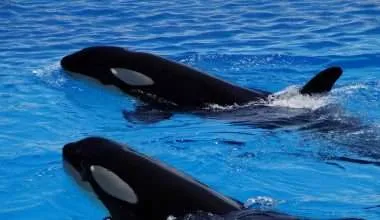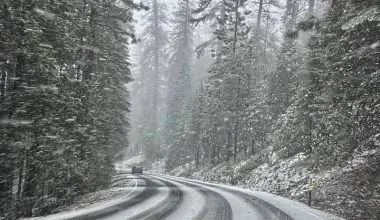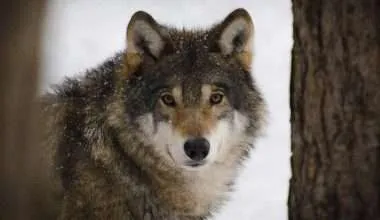Table of Contents Show
It’s the bear necessities of life!
The lines may be from Jungle Book’s favorite Baloo Bear, but they do not hold true for a great number of bears in real life.
Here’s an interesting fact about bears, they can spend up to 16 hours of each day just foraging for food.
And that is one thing that popular media has reiterated for us again and again.
For instance, if there was one thing on Winnie-the-Pooh’s mind, it was food!
But there’s one thing that the media has not represented correctly. And that is the bear’s extremely friendly nature and wish to interact with humans.
Do not be mistaken though.
Few, if any, bears are like Baloo or Winnie… most would prefer to avoid humans altogether.
Should they be forced into an encounter with our species, most bears would either retreat or attack.
And that’s true for nearly all of the following eight species of bears listed below:
8 Common Bear Species On Earth
Classified as caniforms (that is, dog-like carnivores) and related to pinnipeds (that is seals, sea lions, and walruses), bears have often been called opportunistic eaters.
This shows that they are omnivores (eat about anything edible), but with no fixed tendencies for eating only meat.
Today, there are only eight remaining types of bears in the world, and they exist in every continent except Antarctica and Australia.
1. North American Black Bear
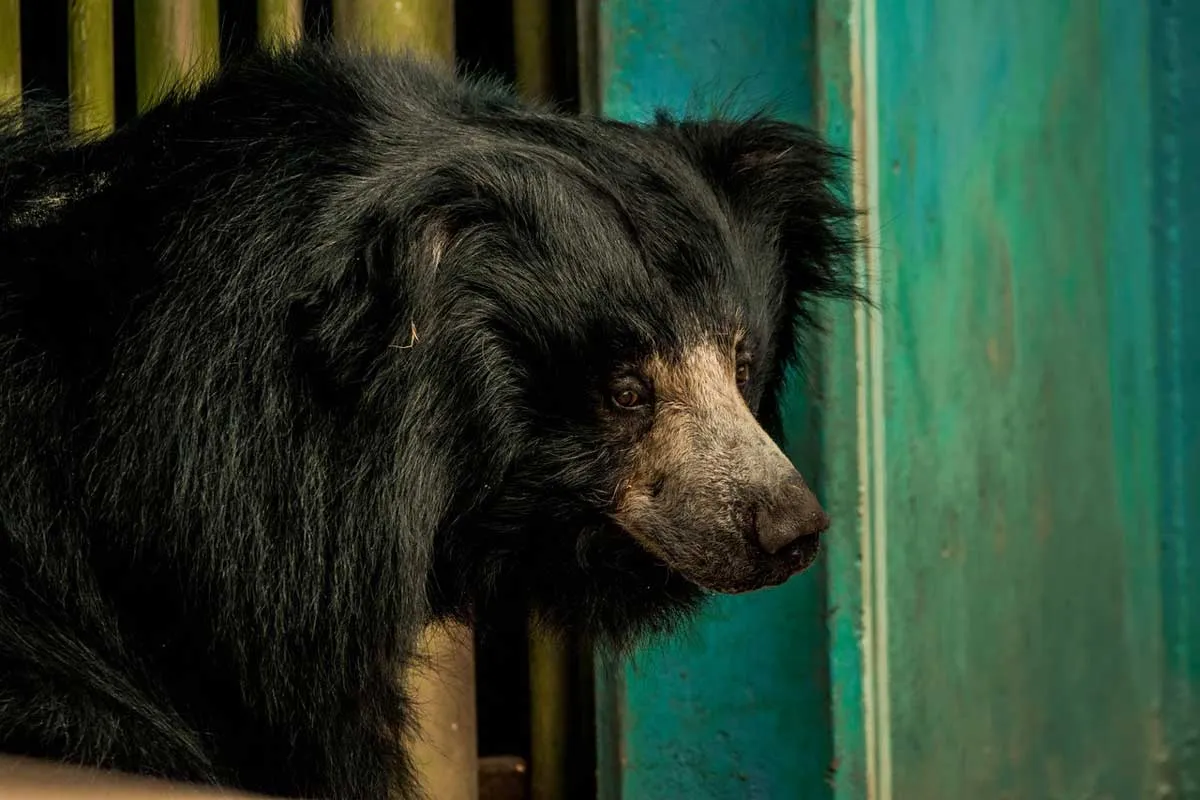
The most common kind of bear in the North American region is the Ursus Americanus or the North American Black Bear. Its area of habitat stretches from Florida to Canada and Alaska.
While the black and brown colors are prevalent amongst the North American Black Bear population, other colors include blue-black and white.
However, the white bears are relatively uncommon, especially in the British Columbia region of Canada.
The diet of the black bear consists of vegetables for the most part, although it will eat some forms of meat hence it is classified as an omnivore.
The male North American Bears achieve their full size, and weight, an average of at least 280kg, by the age of 8 years. Females, however, reach maturity at different ages according to the location where they’re found.
In the boreal forests, for instance, females will mate and bear cubs between the ages of 5 to 7 years. For female Black Bears in the Ontario region, the age for maturity will be 8 years.
The average lifespan of the Black Bears is 25 years, however, some experts consider this age to be arbitrary.
This is because older bears have been observed, especially in the wild, however, many bears fall victim to hunting and other human activities and fail to live out their natural lifespans.
2. Brown Bear
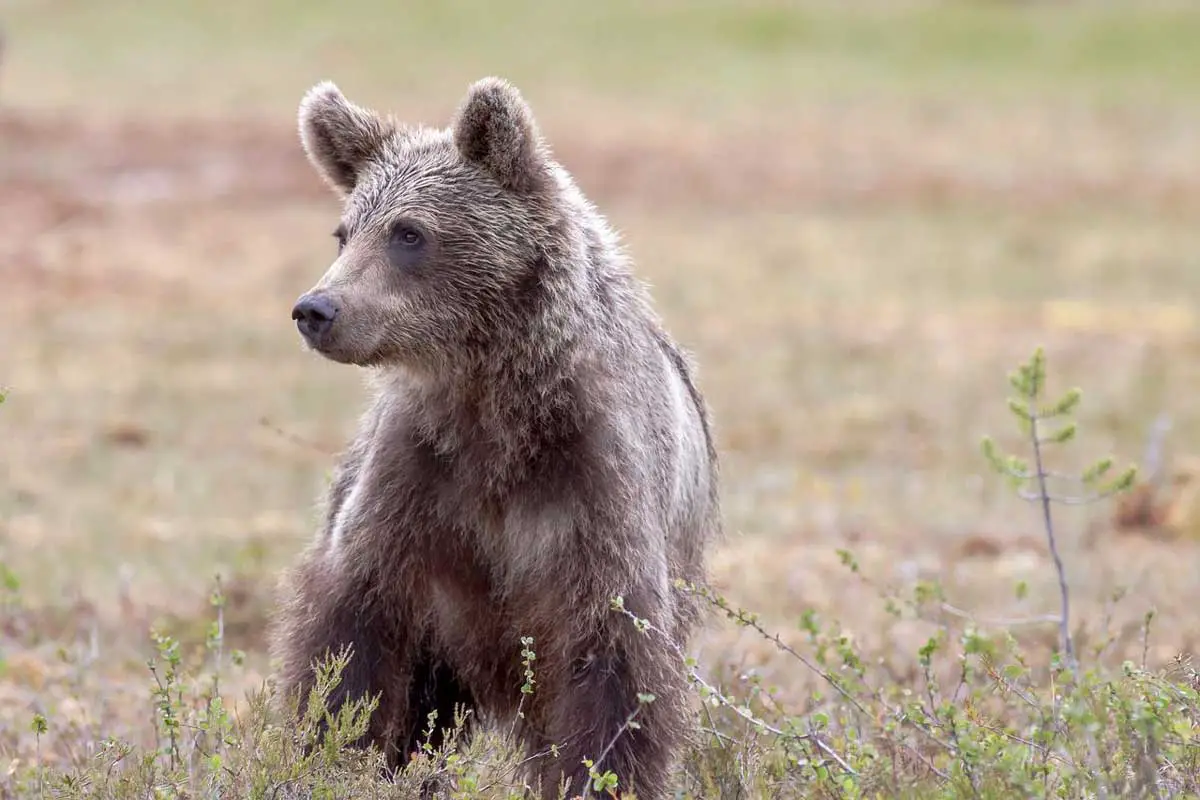
While the Grizzlies may be the most well-known subspecies of the Brown Bear, there are many regions where other subspecies of this bear type are actually found.
These include Alaska, Western Canada, and sections of Washington, Montana, and Wyoming. And that is not all.
The species may also be found in isolated regions in Europe and Asia whereas a fair number reside in Russia.
In physical appearance, Brown Bears can range from practically black color to Brown, light brown, or even a blonde shade.
Meanwhile, this size fluctuates depending on the region where the bears are living as well as the amount of food available to them.
The biggest bears or the ‘Big Brown’ are found around the Russian and Alaskan coastal regions, and in size, they can almost equal their cousins, the Polar Bears.
The Grizzly Bear, found mostly in the North American Rocky Mountains and the mountain regions in Europe, may be well known but are significantly smaller than other species of the brown bear.
Being opportunistic feeders, it is relevant to note that most bears now weigh significantly lesser than their ancestors. In fact, bears that weigh more than 700 kg are now a very rare occurrence indeed.
3. Polar Bear

The white Polar Bears are synonymous with the Arctic Circle and one of the chief concerns of environmentalists and conservationists is how climate change and loss of habitat are endangering the species.
It is a subsection of the Brown Bear species but has evolved over the years to suit the environment and habitat where it now exists. Polar bears mostly exist on a diet of seals.
With males that can weigh up to 800 kilograms, the Polar Bears are considered one of the largest species of bears in the world.
However, the average weight of Polar Bears can vary, with bears found in the Ontario region weighing, on average, 500 kg.
The biggest bear to be captured live in the region weighed approximately 654 kg.
Female, adult polar bears are significantly smaller with average weights reaching 300 kg only although some do reach up to 400 kg. However, the latter is the exception rather than the rule.
While born on land, Polar Bears are excellent swimmers also and do, in fact, spend a large time of their lives swimming in the frigid waters of the Arctic Circle.
4. Asiatic Black Bear
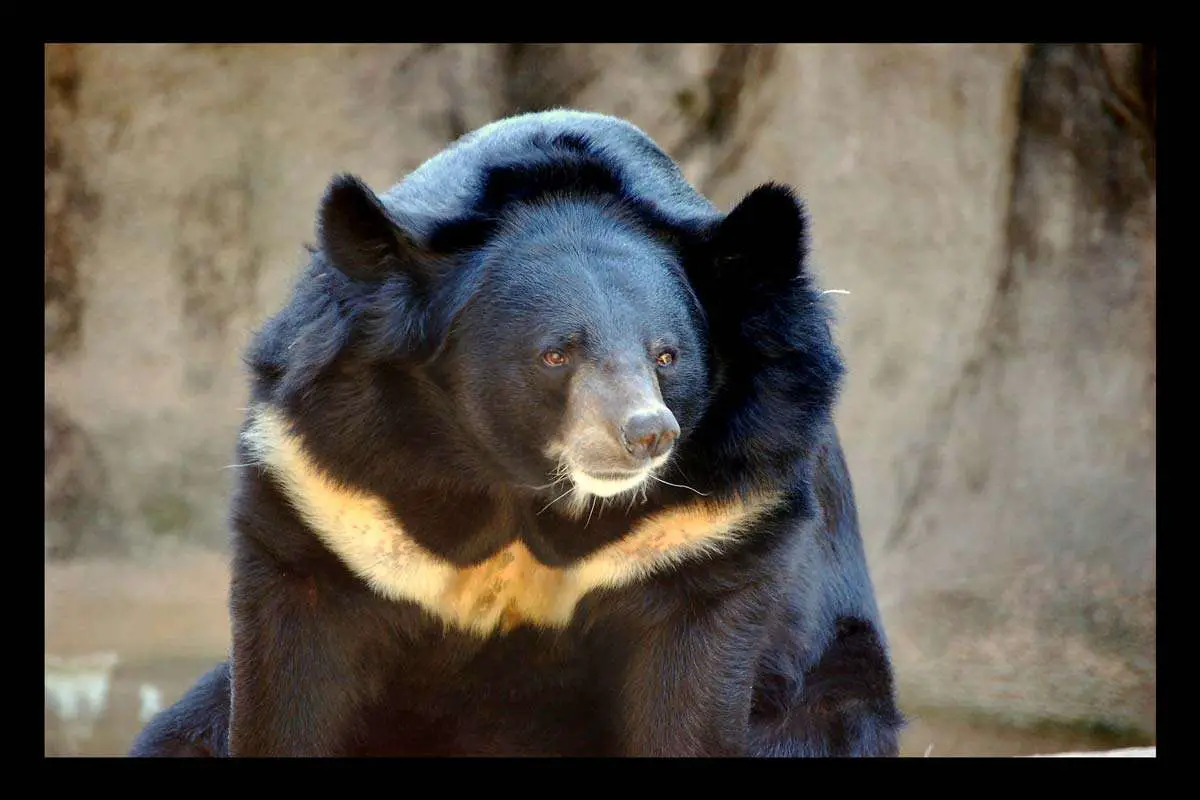
Also known as the Himalayan Black Bear and the Moon Bear, the Asiatic Black Bear boasts of long fur and a crescent-shaped white patch which distinguishes it from other species of bears and gives it its name.
Other distinctive features include huge ears and lengthy fur around the shoulders and throat.
Habitat regions include Afghanistan, Bangladesh, Bhutan, Cambodia, China, India, Islamic Republic of Iran, Japan, Democratic People’s Republic of Korea, Lao People’s Democratic Republic, Malaysia, Mongolia, Myanmar, Nepal, Pakistan, Russian Federation, Taiwan, and Vietnam.
Existing on a diet of small animals, mollusks, fish, and birds, not to mention carcasses, means that the Asiatic bears are more carnivorous than their American relatives.
In actuality, meat is only a tiny part of this species’ diet. The major chunk of their subsistence comes from eating grasses, berries, fruits, seeds, honey, and insects.
Meanwhile eating nuts in autumn helps these bears fatten up before the winter season when, in northern climates, the bears will go into hibernation.
In southern climates, the bears don’t hibernate.
5. Andean Bear
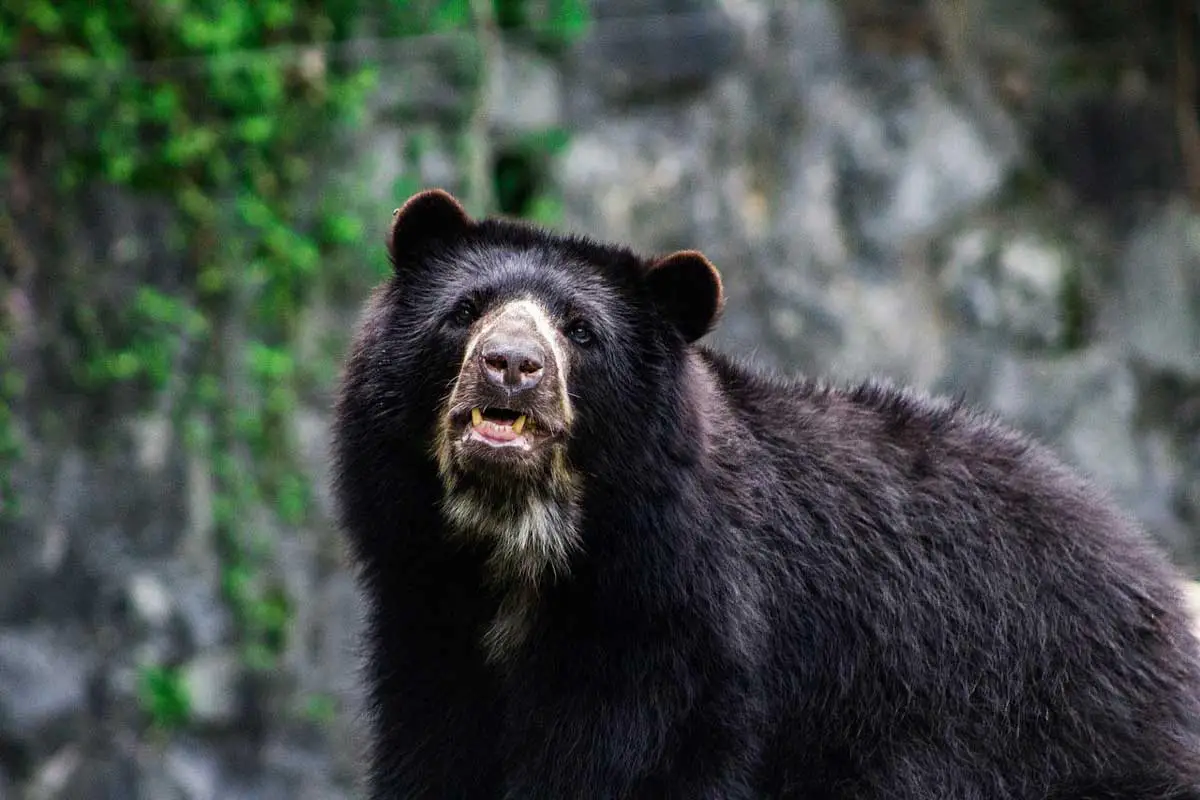
The Spectacled or Andean Bear is native only to the Andes mountain region in South America.
The only remaining, living relatives of the Florida Spectacled Bears, are an endangered species, and killing them has been deemed unlawful by the South American government.
Classified as ‘Vulnerable,’ the Andean bears are the last, short-faced living predecessors of the species of bears from the Middle Pleistocene to Late Pleistocene short-faced bears.
Endemic to South America, they are the sole surviving member of the Tremarctinae subfamily.
While omnivores like all other types of bears, Spectacled Bears’ diet consists of only 5% overall meat intake. In spite of this, however, the Spectacled Bear is considered the largest land carnivore in South America.
Known for being a medium-sized species of bear, the Spectacled Bear does not necessarily have the ‘spectacle’ markings that give it its name. However, all bears of this species have characteristic, beige patterns on their face and upper chest.
The fur color for these bears is generally black although their shades can range from jet black to a reddish-brown tinge or even dark brown. Patterns and markings are specific to each bear making it easy to distinguish between different, individual bears.
The average weight for male bears is between 100 to 200kg, while the weight of females lies between the 35 to 82 kg range. The height of these bears again indicates their smaller size since they are just 120 to 200cm tall.
Physically, Andean bears have more rounded faces with short and broad noses. This indicates that at some time in the past, the species was a lot more carnivorous than the modern version of the Andean Bear, with its herbivorous diet.
6. Panda Bear
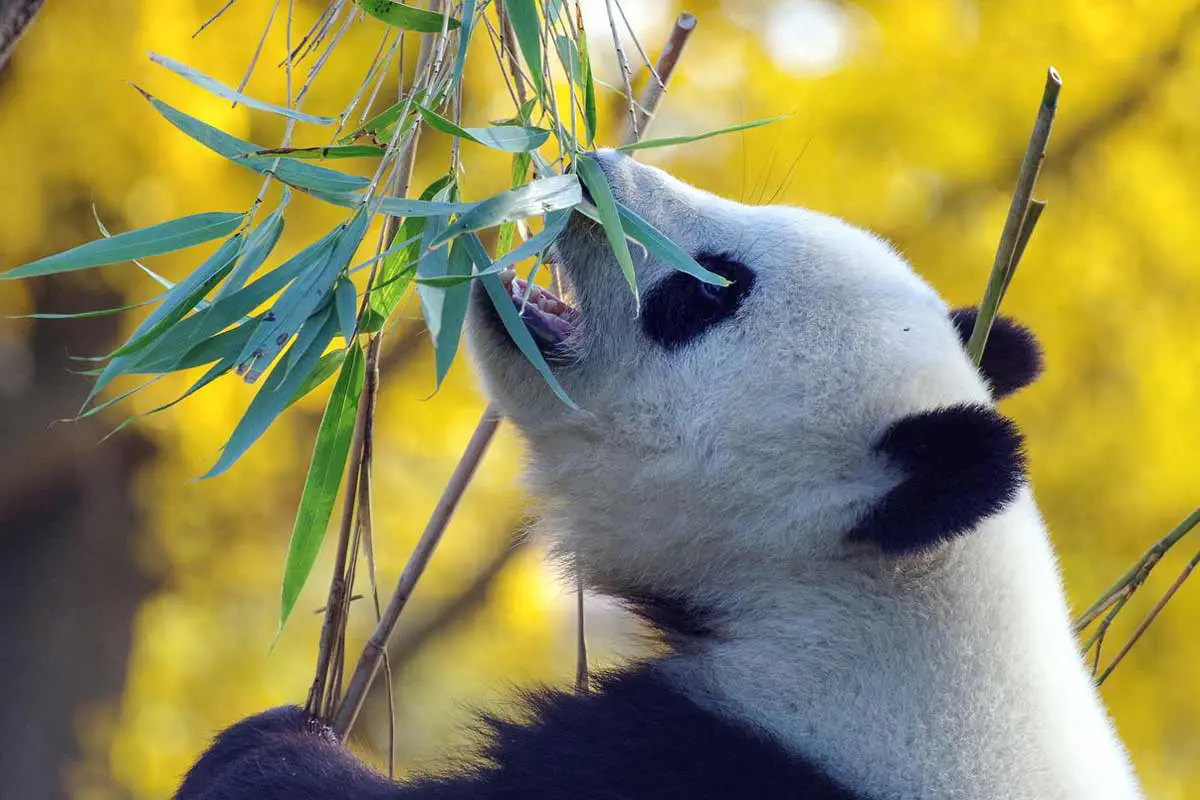
The Giant Panda may be one of the best examples of how, with human assistance, a species can be rehabilitated and brought back from the brink of extinction. However,
With average heights of 5 feet and a tail that alone is six inches long, the Giant Panda is a giant indeed. The average weight of males is around 113kg while females weigh only slightly less at 100 kg.
One of the main causes of the decline in the Giant Panda’s population is habitat destruction. At present, the species is restricted to only six mountain ranges in China.
It was once believed that the Giant Panda was related to raccoons, but DNA analysis proved that theory incorrect. There is no relationship between giant pandas, raccoons, or even Red Pandas.
Pandas are famous for their love of bamboo. This is a diet that is nutritionally deficit and must be eaten in large amounts (20kg) to sustain a panda.
In order to assist them in eating bamboo, Pandas have an extra digit on their hand. This helps tear the bamboo while a very thick mucus lining in their gut protects the stomach from bamboo splinters.
Baby pandas are born pink, blind, and hairless. They are roughly 1/900th the size of the mother panda.
Pandas are one of the non-hibernating bears, preferring instead, to migrate to lower elevations in winter and high elevations in summer.
7. Sloth Bear
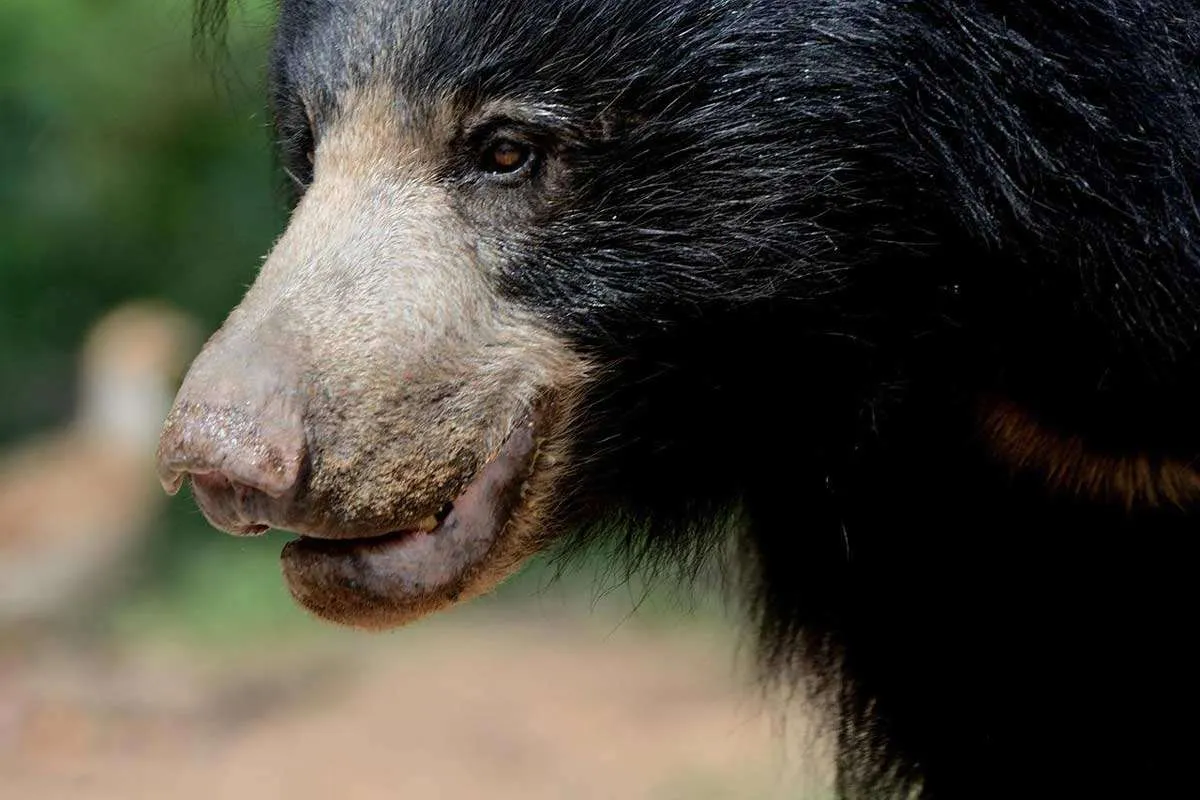
The Sloth Bear has two subspecies; the Sri Lankan Sloth Bear and the Indian Sloth Bear.
Males typically weigh between 80 to140 kg whereas females’ average weight lies between 55 to 95kg. The bears are around 140 to 190 cm long.
Sloth bears have white markings on their chest; a U or Y-shaped mark. They also have long and shaggy black hair, wide lips, long tongues, pale noses.
One distinctive feature is their hook-like claws that are well developed and assist the bears to dig for termites. In fact, these bears can often be heard over long distances as they slurp up insects.
Their habitat ranges from regions in Sri Lanka, India, Bhutan, Nepal, and Bangladesh.
Sloth Bears are nocturnal and share home ranges with other sloths. Males have an average 13 square kilometer range.
Sloth bears do not experience seasonal shortages of food supply. Their main food source is ants and termites which are available all the year round. However, Sloth Bears are substantially smaller than most other bears.
8. Sun Bear
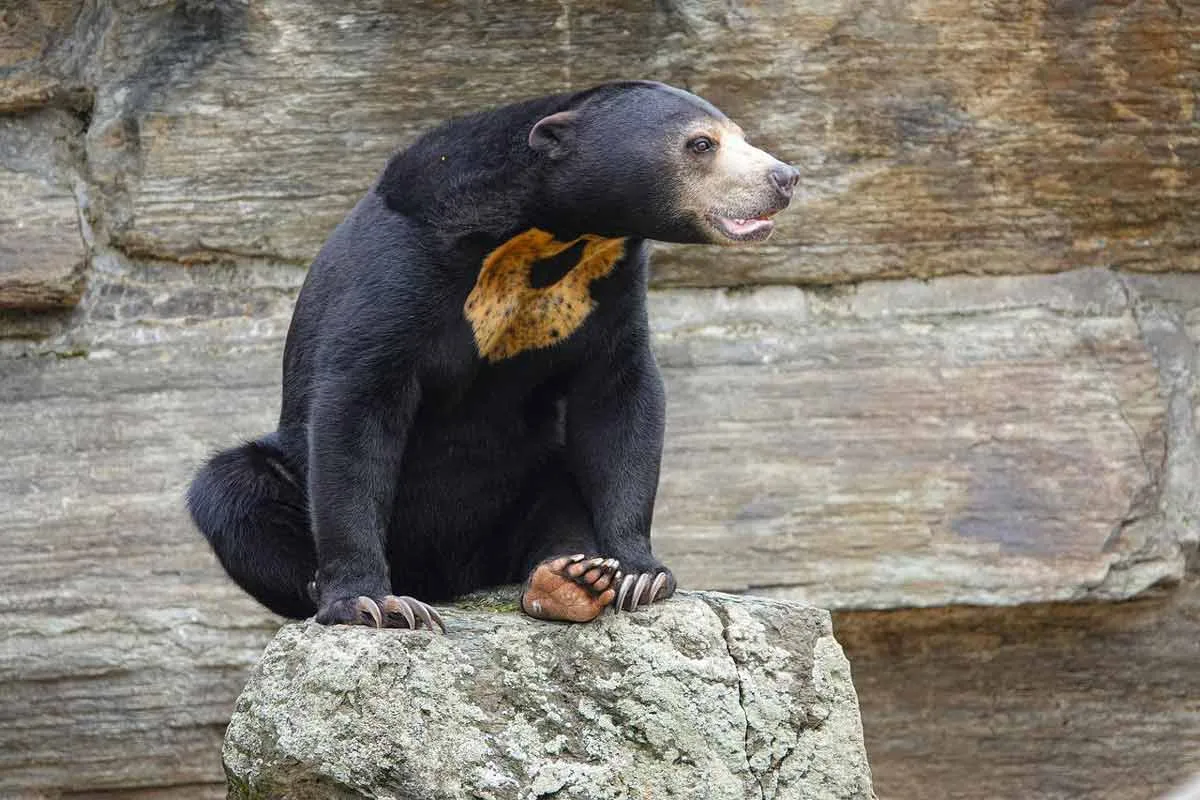
The typical sun bear is a small and quite honestly adorable little creature. These bears are considered as the smallest bear species in existence.
They grow to about a height of only 120 to 150 cm and weigh between 27 and 65 kgs. Though the males are often heavier than the females.
Sun bears, or Ursus malayanus as they are known, are small creatures with a water-repellent coat of fur. Their fur is usually either black or dark brown.
What’s really unique about sun bears is that they have a bright yellow crescent on their chest. This particular feature is where this species gets its name from.
Sun bears have long sickle shaped claws and the largest canine teeth of any other bear compared to their size. Yet whats astonishing is these bears aren’t particularly carnivoros.
Though their large canine teeth are designed to shred meat, they are usually used against predators or to bite trees to get to insects.
These bears mainly feed on insects and their flexible snout and long tongues are great adaptations for the task.
These adaptations make it remarkably easy for the bears to remove termite nests.
Sun bears are found in Southeast Asia: Brunei Darussalam, Cambodia, China, India, Indonesia, Lao Peoples Democratic Republic, and Thailand.
Well there’s the end of our article. However, this video mentions 7 sub-species most of us haven’t even heard of. Watch it to see them in action!
7 Rare Sub-species of Bears [Video]
Let me know what you think about bear species, have you ever had a bear encounter?
Let us know in the comments!
